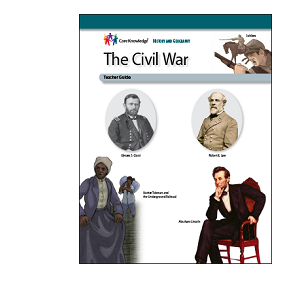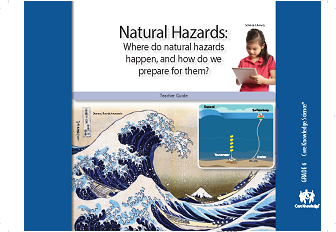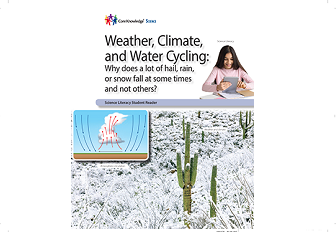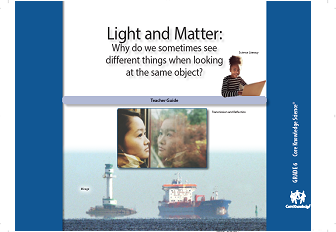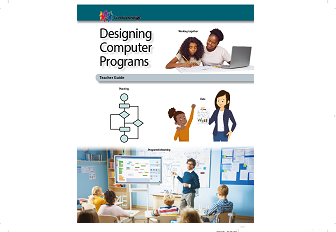About This Lesson
The Civil War explores the causes and consequences of one of our nation’s greatest crises. Students learn how arguments over slavery and states’ rights, and the election of Abraham Lincoln, led to Southern secession and armed conflict. Students examine the influence of Frederick Douglass and other abolitionists, the Dred Scott decision, Harriet Beecher Stowe’s Uncle Tom’s Cabin, and the Emancipation Proclamation. Students explore important battles, new technologies (such as ironclad ships), and major leaders, including Robert E. Lee, Ulysses S. Grant, and President Lincoln, and they learn about Lincoln’s assassination and the divisive struggles of the Reconstruction era. The material incorporates a rich array of civics-focused knowledge, questions, and activities. In choosing the specific content to call to teachers’ and students’ attention, we have been guided by the civics test developed by the U.S. Citizenship and Immigration Services.
This unit includes a Student Reader, Timeline Image Cards, and Teacher Guide, providing Guided Reading Supports and the following Additional Activities: analysis of African American spirituals; nonfiction excerpt about the life of Frederick Douglass; domain vocabulary exercises; opportunity to view Glory, the Oscar-winning film about Robert Gould Shaw and his leadership of the 54th Massachusetts Volunteer Infantry, made up of African American soldiers; examination of the Gettysburg Address; Civil War art and poetry; and a Unit Assessment.





